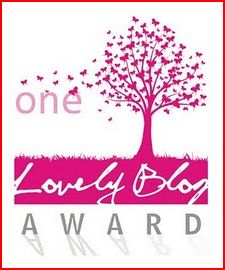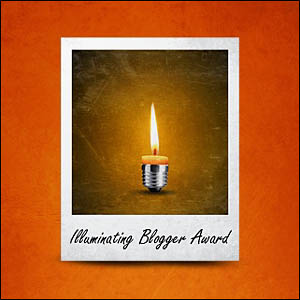Just a reminder—the idea submission call for next week’s Third Thursday Flash is open until 8 p.m. PST on Monday the 8th. Please send a theme, words, intro sentence, or topic idea that you’d like me to work into a 500 to 1,000 word piece to evariederauthor@gmail.com.
And now…welcome back to the Art of Narrative, Part Three. For the last week I’ve been posting about narrative form, starting with point of view and the first stage of the narrative arc: exposition. Next up is conflict and rising action.
Life is full of complications, and in narrative, these struggles are what shift our protagonist into action. While an assortment of setting elements, character details, and a general mood launch a story, all of a sudden a conflict will break us from the exposition and carry us into the rising action stage.
Conflicts of all sorts occur in narrative writing, but they tend to fall in one of the following categories:
Man Against Man—Here the protagonist must overcome an obstacle with another being. In a crime or suspense novel, this antagonist could take the form of an evil-doer or serial killer (such as Hannibal Lector in Silence of the Lambs). In a romance, the antagonist might be a dismissive love interest or someone competing for that special someone’s heart. In a fictional biography, drama, or action, the conflict can arise with a friend gone astray, an overbearing boss, or some other opposing person (like King Claudius in Hamlet, for example).

Krishna kills Aghasura
(Aghasura acts as the antagonist, the conflict that Krishna must overcome)
Variations on this theme exist as well; man against society requires the protagonist to address issues with societal views or culture as a whole (Orwell’s 1984 is a great example). Meanwhile, man against supernatural or man against machine is more prevalent in horror, sci-fi, and fantasy novels, such as is the case in Brave New World.
Man Against Nature—In this conflict type, the protagonist must overcome an obstacle posed by a natural force. This may come in the form of a sinking ship, a stroke of lightning, or even an attack by bears. A recent example of this conflict type is in Aron Ralston’s 127 Hours: Between a Rock and a Hard Place.
Man against fate is sometimes considered another version of this category; an example is Sophocles’s Oedipus the King.
Man Against Self—This conflict style is an internal one, forcing the protagonist to face an obstacle of his or her own making. These center around faith, ethics, or beliefs, and can also contain themes of addiction, self-destruction, or pain. An example of this style is in one of my favorite books of all time—Crank, by Ellen Hopkins, a young adult tale written in free verse about a teen who must overcome her drug addiction.
Once a narrative introduces conflict, the arc continues into the rising action stage. Here, secondary conflicts begin to appear. They may take the form of lesser adversaries, or alternate antagonists. They may work with or against the story’s main conflict, but the issue is the same: they create more obstacles for the protagonist to overcome in order to reach his or her goal.
I’ve heard over the years that a traditional novel contains three main conflicts, often a merging of internal (man versus self) and external (man versus man or man versus nature). Looking back at some of my favorite tales, I can actually see three clear conflicts emerging for the protagonists in the rising action stage. This is certainly not true for all of them, and definitely not for short stories, but it is an interesting theory.
Do you notice three main conflicts in your favorite books? What about in your own writing?
Also, I’d love to know what conflict style captures your attention most. I’ve always been a fan of man against man, since I enjoy the complexities of varied personalities clashing and working together (or overcoming one another). What about you?
Thanks for continuing with me on the art of narrative journey, and please share your thoughts on conflict types in the comment section below!










October 4th, 2012 at 5:52 am
Reblogged this on Mega Spot.
October 10th, 2012 at 6:56 am
Great overview here. I love how these conflict types are so basic, yet they totally permeate throughout all literature. I haven’t seen this in a long time and I’m now starting to evaluate the conflict types in my own novel. Thanks! I tweeted this 🙂
October 11th, 2012 at 9:45 pm
Thanks, Katherine! They really do reappear, it’s true—I remember reading about them in college, and years later they happen in all the works I read and write. Thanks for commenting, and for the tweet!